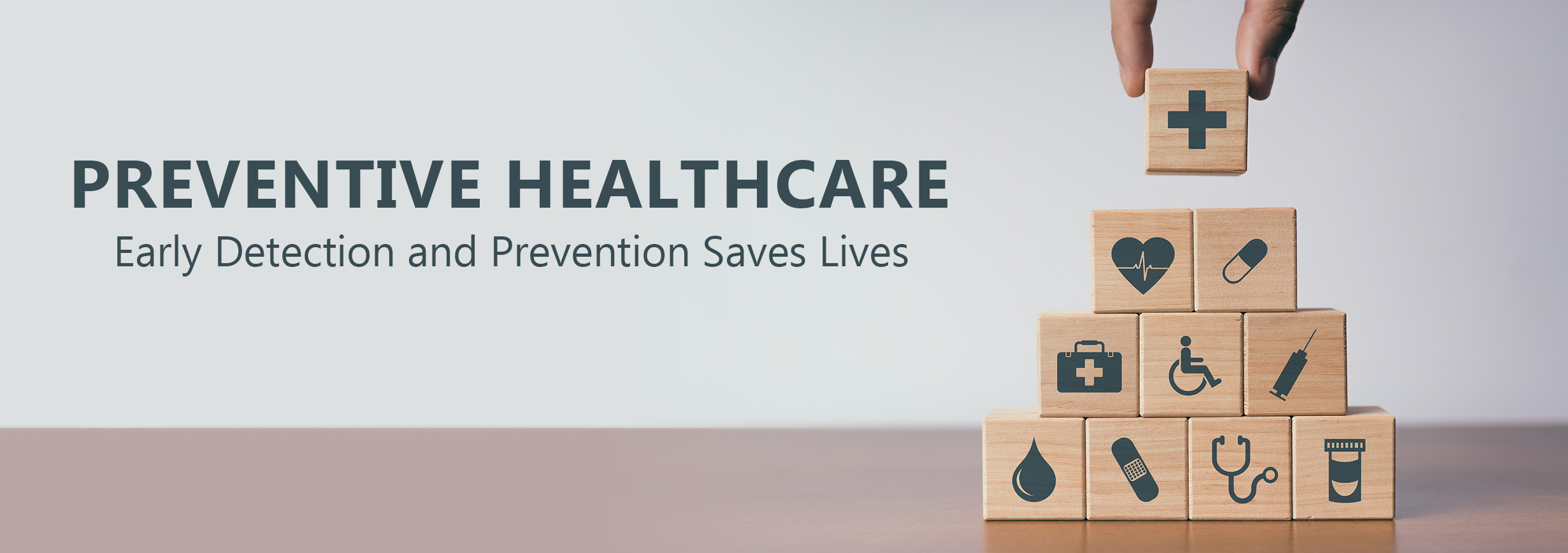An approximated 155 million persons under the age 65 were covered under medical insurance prepares offered by their employers in 2016. The Congressional Budget Plan Office (CBO) approximated that the health insurance coverage premium for single coverage would be $6,400 and family coverage would be $15,500 in 2016. The yearly rate of boost in premiums has usually slowed after 2000, as part of the trend of lower yearly healthcare expense boosts.
This subsidy encourages people to purchase more extensive coverage (which places upward pressure on average premiums), while also encouraging more young, healthy people to enroll (which puts down pressure on premium costs). CBO approximates the net result is to increase premiums 10-15% over an un-subsidized level. The Kaiser Household Structure estimated that family insurance coverage premiums averaged $18,142 in 2016, up 3% from 2015, with employees paying $5,277 towards that expense and companies covering the rest.
The President's Council of Economic Advisors (CEA) described how yearly cost boosts have fallen in the employer market since 2000. Premiums for household protection grew 5.6% from 2000-2010, but 3.1% from 2010-2016. The total premium plus approximated out-of-pocket costs (i.e., deductibles and co-payments) increased 5.1% from 2000-2010 however 2.4% from 2010-2016.
The law is created to pay aids in the form of superior tax credits to the people or families buying the insurance coverage, based on income levels. Higher income consumers get lower subsidies. While pre-subsidy rates rose substantially from 2016 to 2017, so did the aids, to minimize the after-subsidy expense to the customer. what is primary health care.
However, some or all of these expenses are offset by aids, paid as tax credits. For instance, the Kaiser Foundation reported that for the second-lowest expense "Silver plan" (a plan often chosen and utilized as the benchmark for identifying financial help), a 40-year old non-smoker making $30,000 per year would pay successfully the very same amount in 2017 as they performed in 2016 (about $208/month) after the subsidy/tax credit, despite large increases in the pre-subsidy price.
The Best Strategy To Use For How To Lower Health Care Costs
To put it simply, the subsidies increased in addition to the pre-subsidy rate, completely offsetting the rate boosts. This superior tax credit aid is separate from the cost sharing decreases subsidy terminated in 2017 by President Donald Trump, an action which raised premiums in the ACA marketplaces by an approximated 20 percentage points above what otherwise would have taken place, for the 2018 strategy year.
In addition, numerous employees are choosing to integrate a health cost savings account with greater deductible plans, making the impact of the ACA hard to identify specifically. For those who acquire their insurance through their company (" group market"), a 2016 study found that: Deductibles grew by 63% from 2011 to 2016, while premiums increased 19% and worker incomes grew by 11%.
For firms with less than 200 employees, the deductible balanced $2,069. The portion of workers with a deductible of a minimum of $1,000 grew from 10% in 2006 to 51% in 2016. The 2016 figure drops to 38% after taking employer contributions into account. For the "non-group" market, of which two-thirds are covered by the ACA exchanges, a survey of 2015 information discovered that: 49% had individual deductibles of a minimum of $1,500 ($ 3,000 for family), up from 36% in 2014.
While about 75% of enrollees were "very pleased" or "rather pleased" with their option of doctors and health centers, only 50% had such fulfillment with their yearly deductible. While 52% of those covered by the ACA exchanges felt "well safeguarded" by their insurance coverage, in the group market 63% felt that way.
prescription drug costs in 2015 was $1,162 per person on average, versus $807 for Canada, $766 for Germany, $668 for France, and $497 for the UK. The factors for greater U.S. health care expenses relative to other nations and over time are discussed by experts. Bar chart comparing health care expenses as percentage of GDP throughout OECD countries Chart revealing life span at birth and health care spending per capita for OECD nations as of 2013.
The smart Trick of What Is Trump Doing About Health Care That Nobody is Discussing
is an outlier, with much higher spending however listed below average life span. U.S. healthcare costs in 2015 were https://how-much-is-a-pound-of-cocaine.drug-rehab-fl-resource.com/ 16.9% GDP according to the OECD, over 5% GDP greater than the next most pricey OECD country. With U.S. GDP of $19 trillion, health care costs were about $3.2 trillion, or about $10,000 per person in a nation of 320 million individuals.

To put it simply, the U.S. would have to cut health care costs by approximately one-third ($ 1 trillion or $3,000 per person typically) to be competitive with the next most pricey nation. Healthcare costs in the U.S. was distributed as follows in 2014: Medical facility care 32%; physician and medical services 20%; prescription drugs 10%; and all other, including lots of classifications separately comprising less than 5% of costs.

Crucial differences consist of: Administrative costs. About 25% of U.S. health care expenses relate to administrative costs (e.g., billing and payment, rather than direct arrangement of services, materials and medication) versus 10-15% in other nations. For example, Duke University Health center had 900 medical facility beds however 1,300 billing clerks. Presuming $3.2 trillion is invested in healthcare each year, a 10% savings would be $320 billion annually and a 15% cost savings would be nearly $500 billion annually.
A 2009 research study from Rate Waterhouse Coopers approximated $210 billion in cost savings from unnecessary billing and administrative costs, a figure that would be substantially higher in 2015 dollars. Cost variation across medical facility regions. Harvard economic expert David Cutler reported in 2013 that approximately 33% of healthcare costs, or about $1 trillion annually, is not related to enhanced results.
In 2012, typical Medicare compensations per enrollee ranged from a changed (for health status, income, and ethnicity) $6,724 in the most affordable costs region to $13,596 in the highest. The U.S. spends more than other countries for the exact same things. Drugs are more pricey, doctors are paid more, and suppliers charge more for medical devices than other countries.
How What Does Universal Health Care Mean can Save You Time, Stress, and Money.
costs on physicians per person is about 5 times higher than peer countries, $1,600 versus $310, as much as 37% of the space with other nations. This was driven by a greater usage of specialist physicians, who charge 3-6 times more in the U.S. than in peer nations. Higher level of per-capita income, which is correlated with greater health care costs in the U.S.
Hixon reported a study by Princeton Professor Uwe Reinhardt that concluded about $1,200 per individual (in 2008 dollars) or about a 3rd of the space with peer countries in health care spending was because of greater levels of per-capita earnings. Greater earnings per-capita is associated with using more units of health care.
The U.S. consumes 3 times as lots of mammograms, 2.5 x the number of MRI scans, and 31% more C-sections per-capita than peer countries. This is a mix of higher per-capita earnings and greater usage of experts, to name a few elements. The U.S. government intervenes less actively to require down costs in the United States than in other nations.